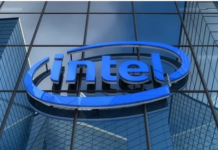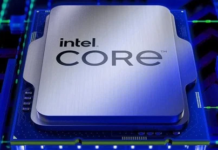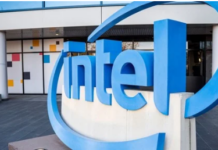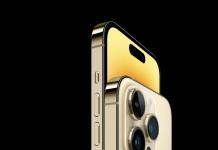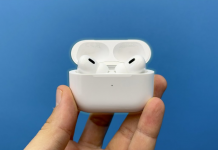While the Snapdragon 810 is the star of SoC by its presence in most high-end smartphones of 2015, Qualcomm takes the opportunity to formalize its successor the aly ady Snapdragon 820 which should logically equip the flagships of 2016. What the builder has in store for us for the future … so close to us? Here are the first elements of the answer.
A quick little history, Qualcomm had its own cores, the famous Krait you certainly remember, but the sudden move to 64-bit architecture took the American manufacturer (Bravo Apple and its iPhone) by surprise, so it was forced toaccelerate the pace by opting for Cortex processors, a third-party solution and therefore licensed.
For example, the Snapdragon 810 (which no longer heats), SoC octo-core and 64-bit, operate Cortex-A53 and A-57 to be able to exploit the new architecture. But things will change in 2016 with a return to Qualcomm Home Hearts, justto exploit the technology in the Snapdragon 820.
Exit arm’s solution with its Cortex, and place in Kryo, the new processors designed by Qualcomm and supporting the famous 64-bit architecture. At its conference, the brand specified that FinFET engraving will be made from 3D transistors. In fact, you should expect a finesse of 14 nm (with Samsung) or 16 nm (with TSMC). This is likely to depend on the choices of the major smartphone and tablet manufacturers.
The Snapdragon 820 will also operate Zeroth. Behind this name lies an innovative computer platform called “cognitive”. Behind this somewhat pompous name lies a solution that would be able to learn according to the usages of users in order to be as effective as possible on a daily basis. It would be an assistant that is both hardware and software.
We will probably know more in the coming days and months, because this is a major advance on paper in the use we have of our cherished devices.



